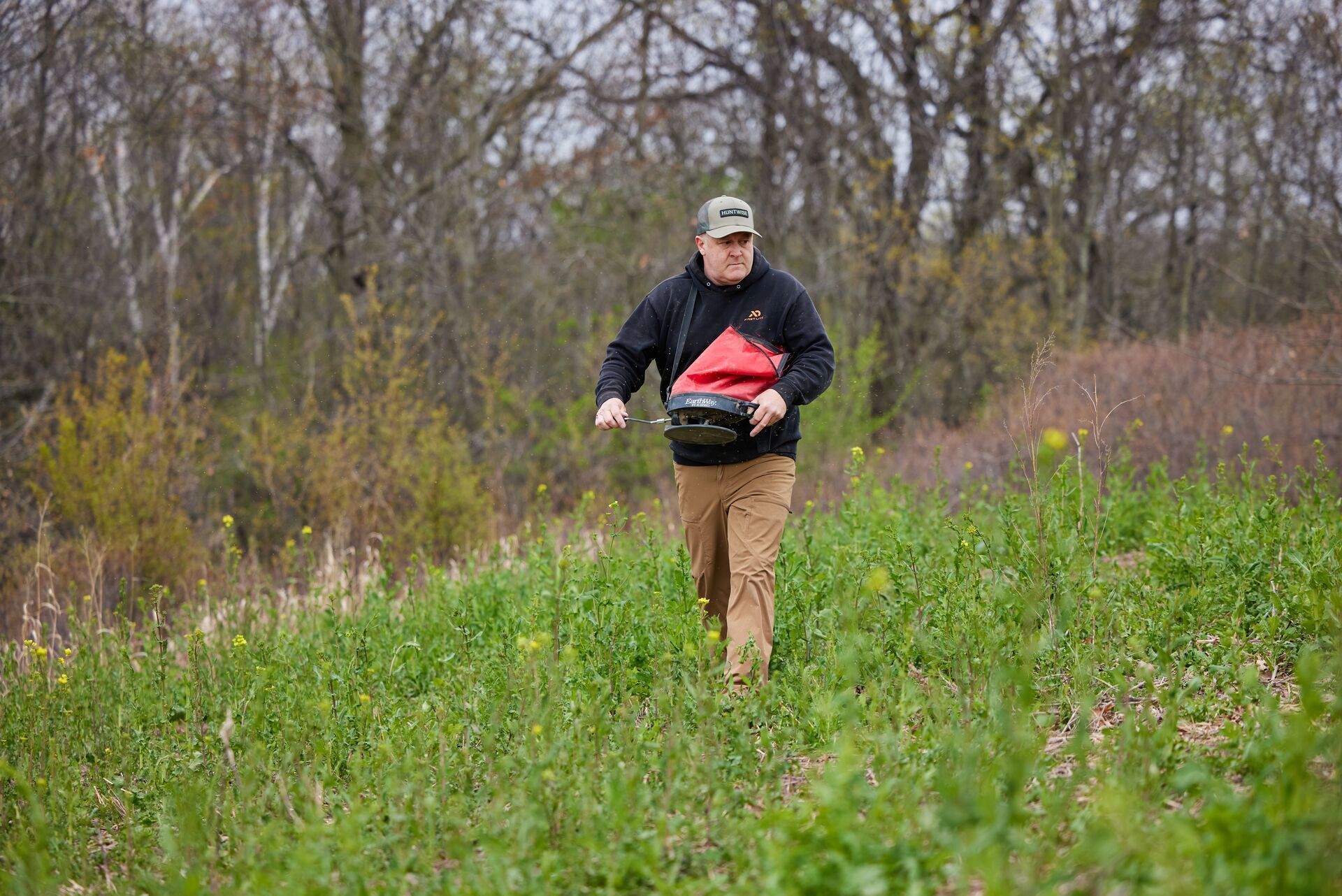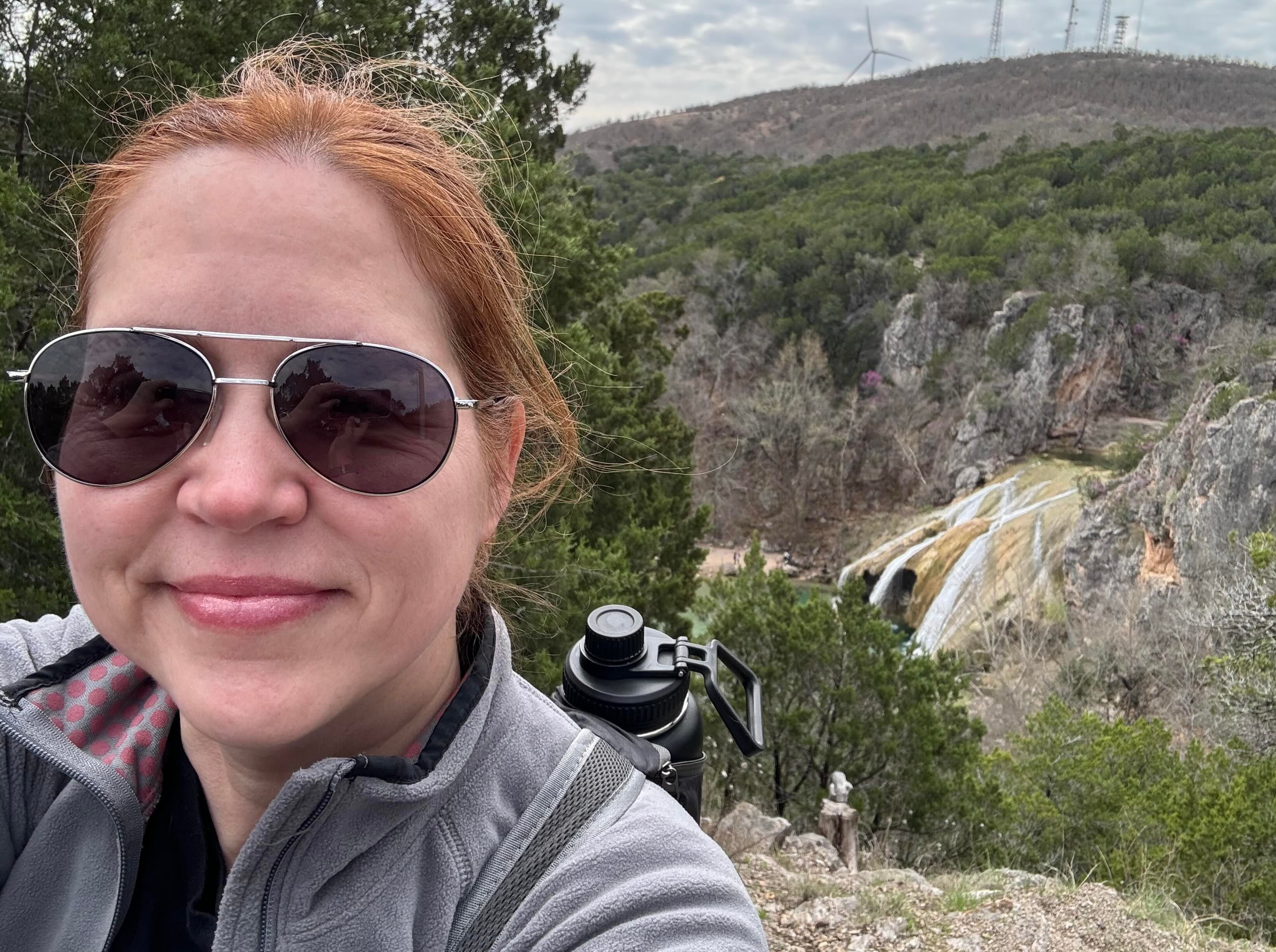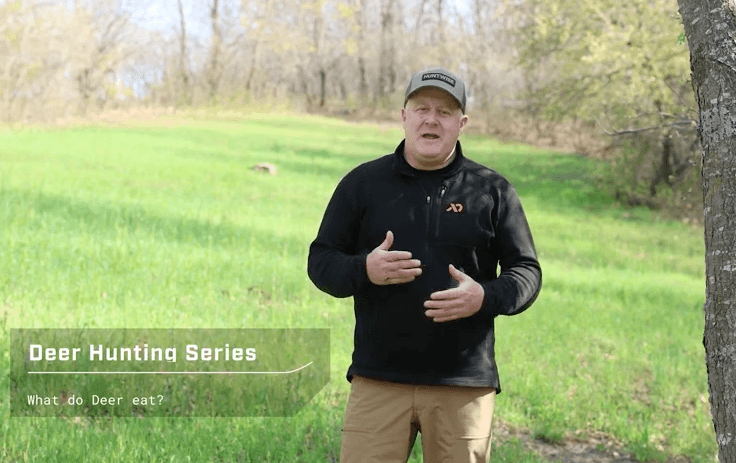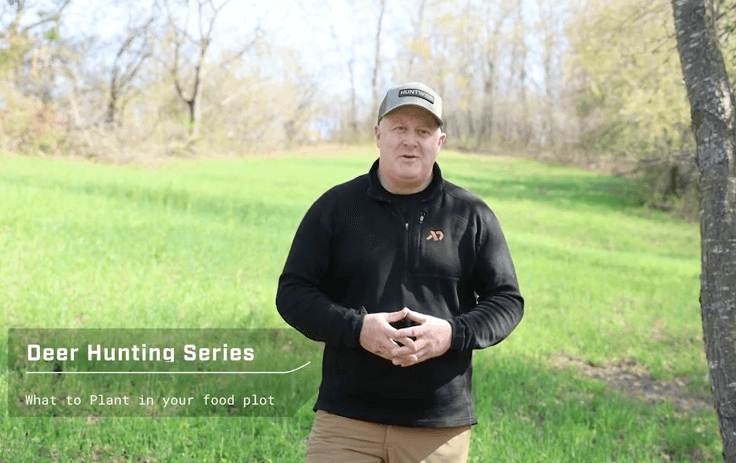They also eat trees and shrubs, and "I've even heard of them eating dried fish on the shores of Lake Superior," says Sturgis.
Essentially, they eat a lot – five times a day – and it starts in the spring when the season delivers a time of plenty. What they eat and when is typically driven by the nutrients they need at the time, which is why a deer might eat a dried fish.
So, why is it important to learn about what deer eat? Understanding what deer eat at different times of year helps hunters create hunting areas and scout land based on habits and what grows (or is available) for deer to munch on through each season.
Our friend, HuntWise Pro, and deer habitat expert Jeff Sturgis, shares insights with us about what deer eat and what to plant in your food plot to track deer activity and support your local deer herd.

How Nature Helps
We often talk about taking care of deer year-round foodwise and helping them find the nutrients they need to grow into those big bucks we love to hunt. In the spring, nature does that for us. It's a time of big, herbaceous growth of what deer love (and need) to eat coming out of those leaner winter months.
So, by June, they've been living high on the hog for a couple of months. Then, when July rolls around, it can be a little stressful for deer during that time, as the bounty of the spring growth starts to wane because they've worked through a lot of that new growth. However, this time of year still offers a lot of growth for deer to consume.
Sturgis believes, "There's still up to five times the amount of food deer can consume in the summer months in the Northern two-thirds of the country." Down south, in less arid areas, there can be less food available, which can be a stressful time for deer.
Then, for most of the country, as you enter the fall months, those naturally-available weeds and herbaceous growth plants are starting to diminish in availability.
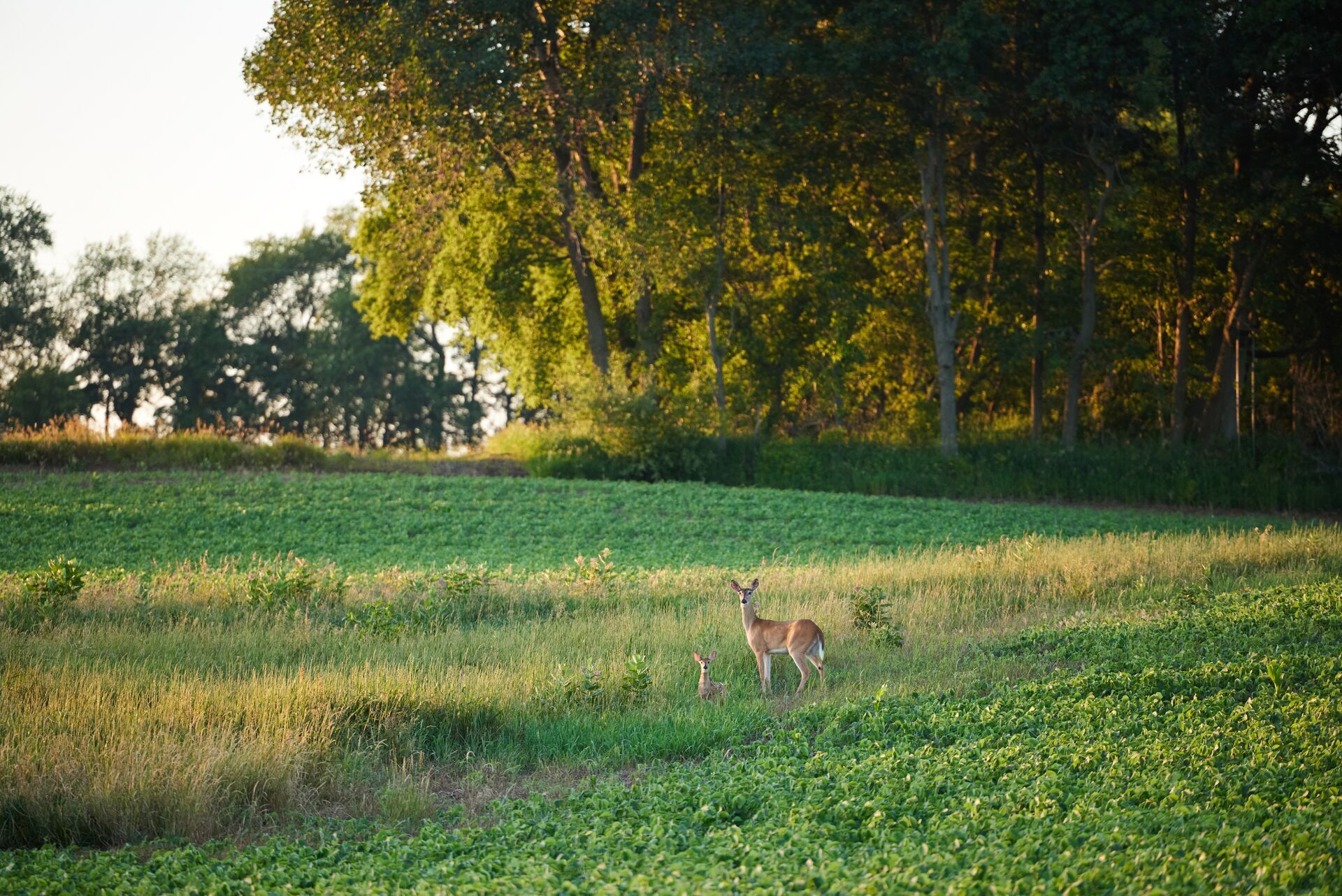
The Time of Year Impacts What Deer Eat
Nature has an amazing way of taking care of deer throughout the year.
Without the herbaceous plants of the spring and summer, deer still need to eat through the fall and winter. So, as fall arrives, they switch their diet to woody browse.
Even the fawns born in the spring can consume this tougher-to-digest browse because their digestive systems developed during the spring while eating the kinder, gentler plants.
The fall provides food like:
- Hardwood regeneration
- Woody shrub tip
- Briars
- Acorns
These are all hard-to-digest food items for deer, but they're what they really need this time of year.
Use This Knowledge to Scout
Knowing what deer eat (and when) can help you scout year-round. Essentially, follow the food!
Sturgis also says, "If you have private land, having a rotation of young wood and old timber and settings that include briars, grasses, and shrubs can give deer everything they need for several months at a time – even up to a year."
This is where food plots become essential. Having green food plots with corn or soybeans when everything else is dying in the woods provides critical nourishment for deer.
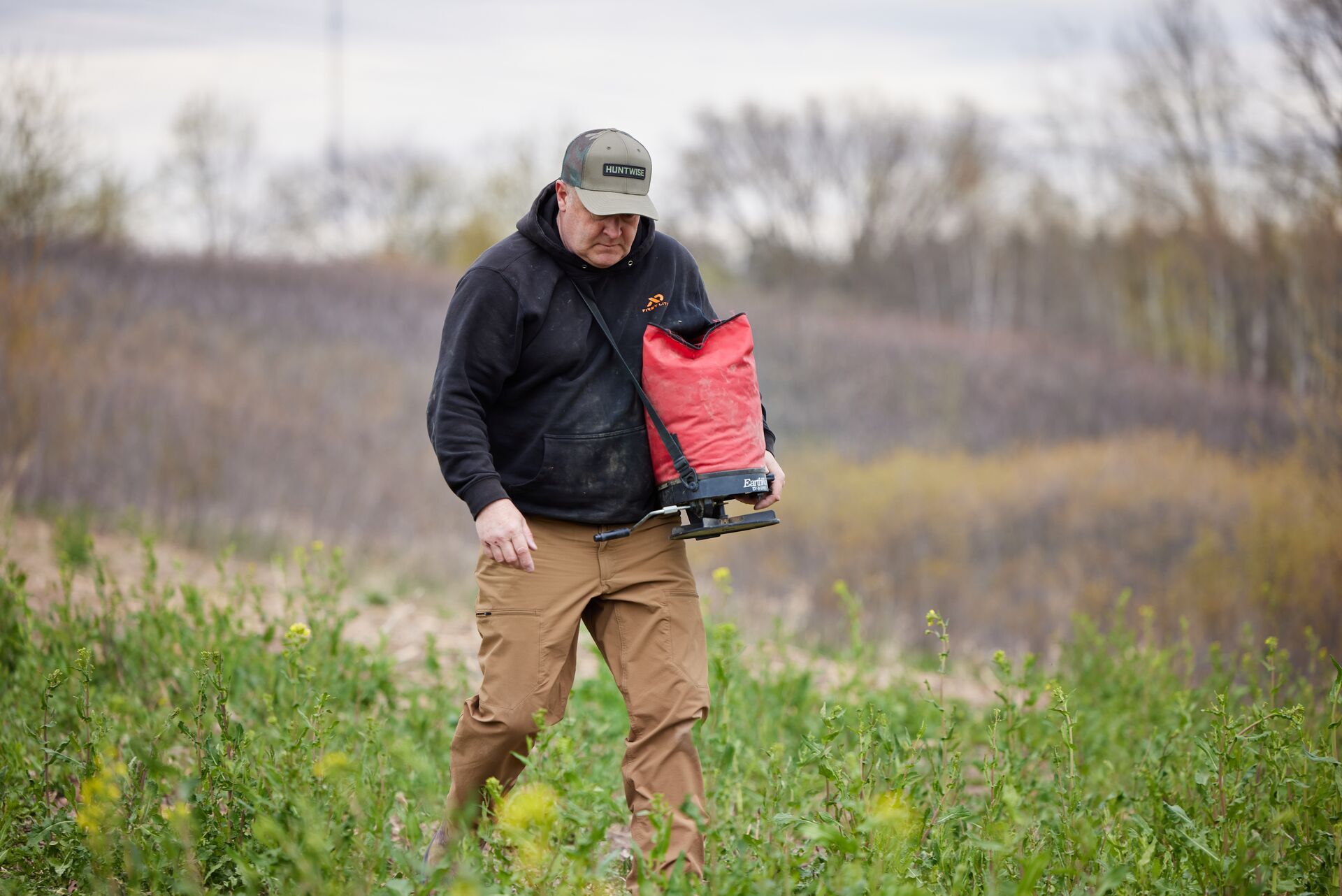
Deer Need Food Near Their Bedding Areas
Where should food be? Because they eat five times a day, they need food near their bedding areas.
This should include browse, hardwood regeneration, briars, and leftover mash crops like acorns. Deer will consume that woody browse all winter long.
Whether it's public or private land, with a healthy rotation of the herbaceous growth in the spring and wood browse for fall and winter, you'll be able to keep track of deer year-round as they rotate through the food available to them each season.
However, if you have all of these options (or many of them) on your private land, you help support and feed the deer year-round with close-up insights into their movements by month.
Watch Jeff answer the question "What do deer eat?" in the video below!
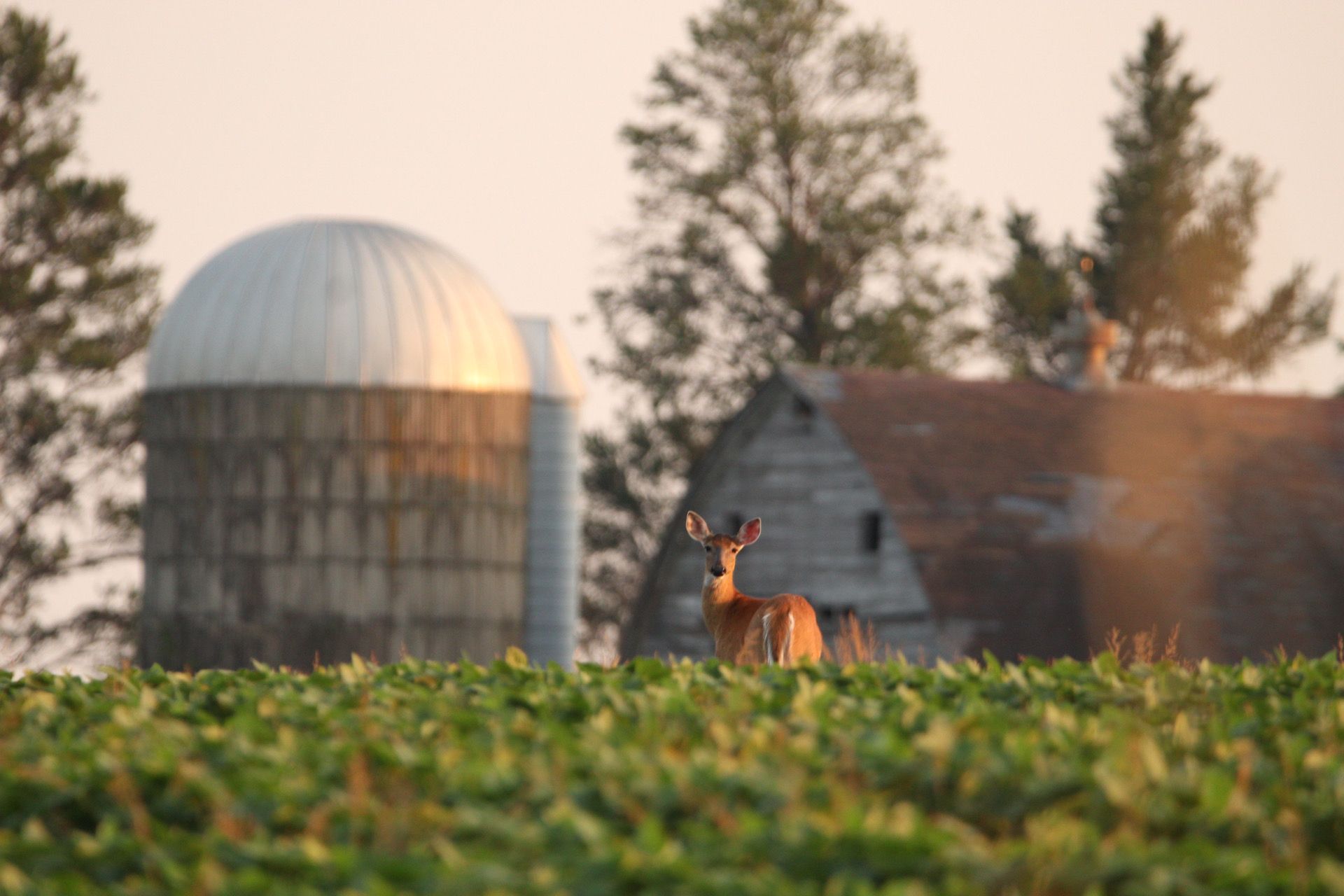
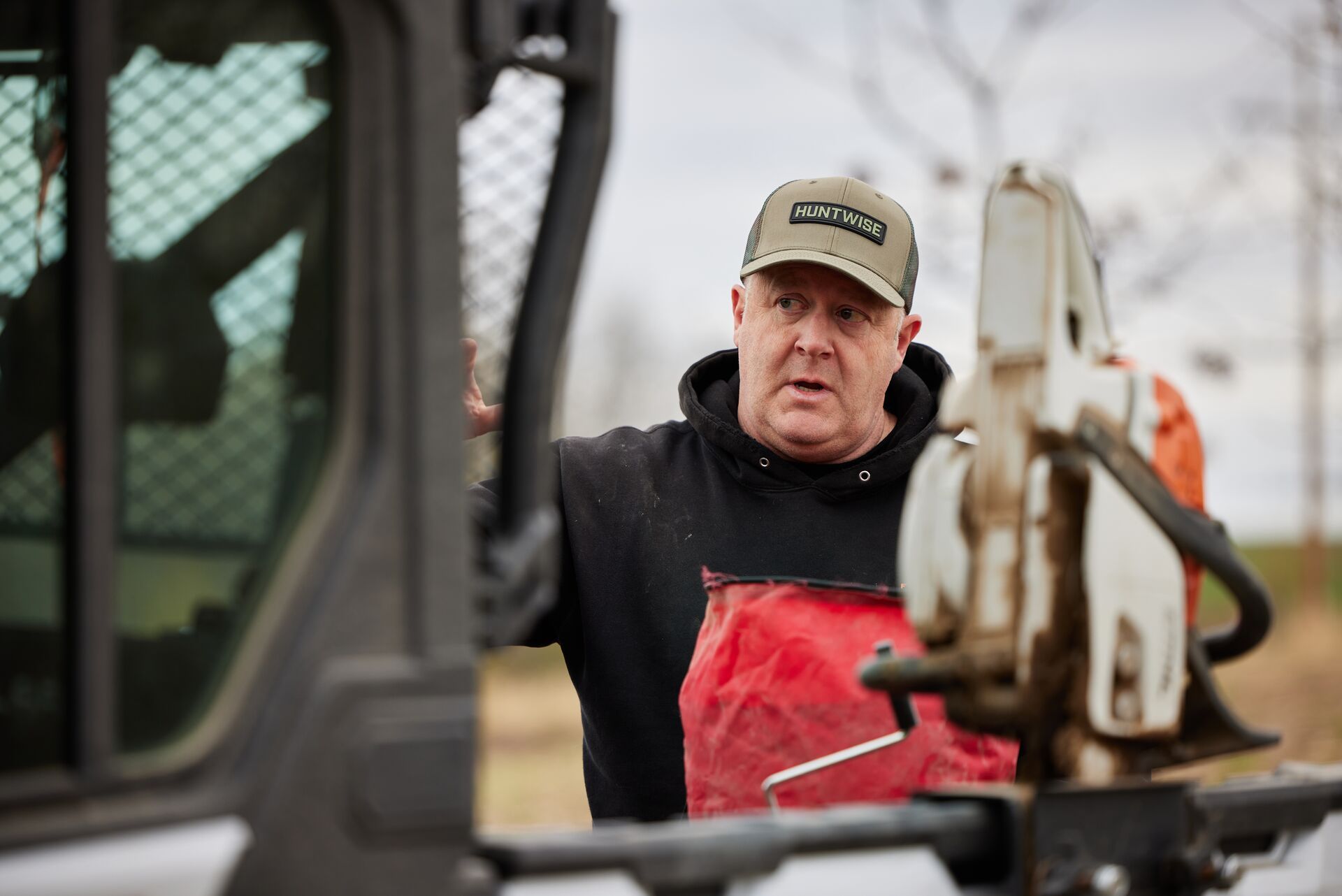
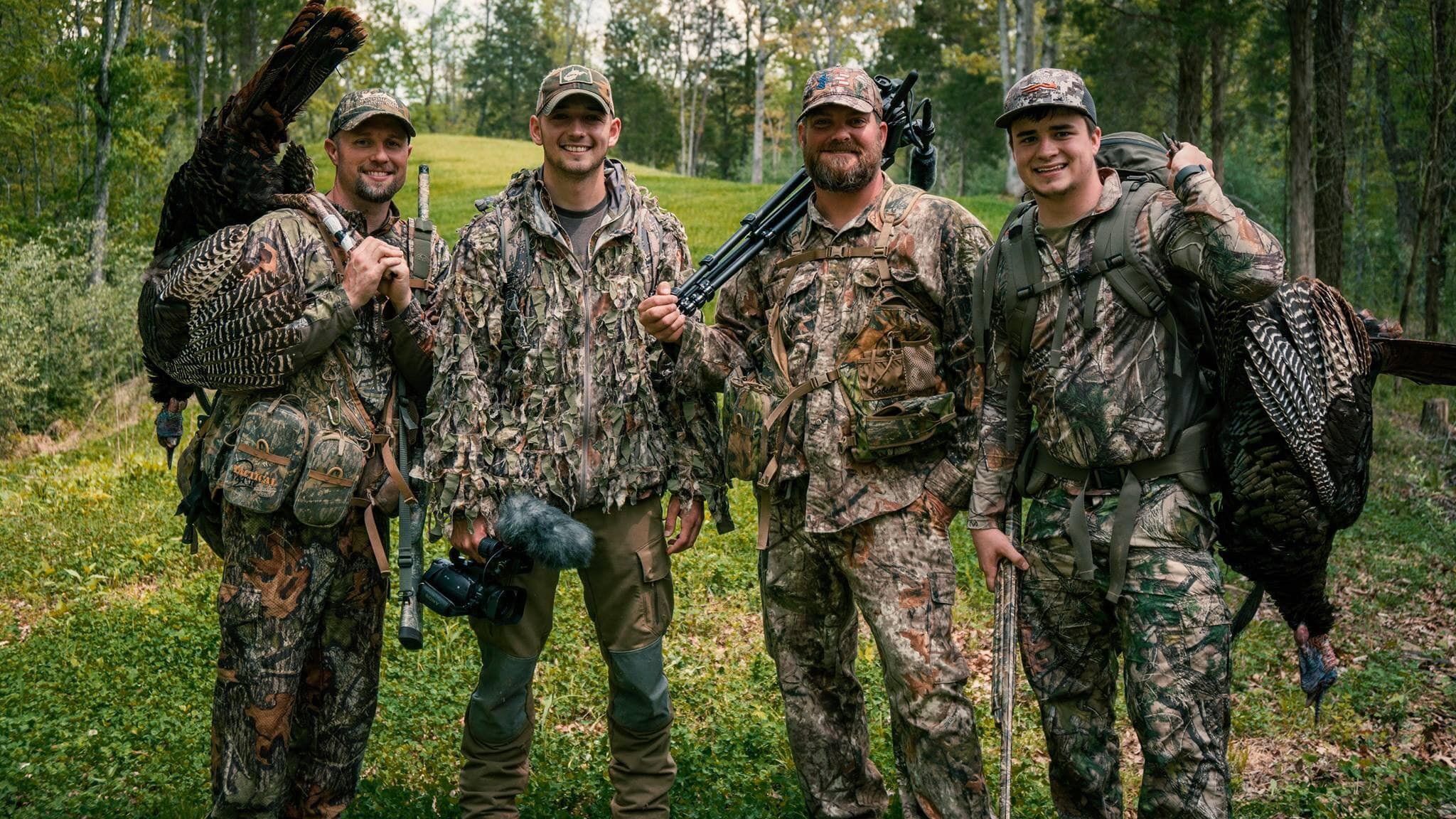 Our Pros
Our Pros Our Pros
Our Pros Our Pros
Our Pros